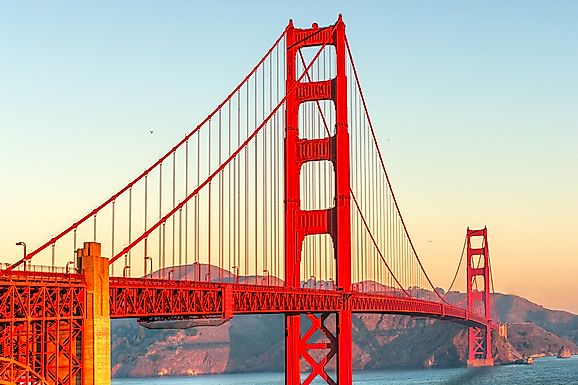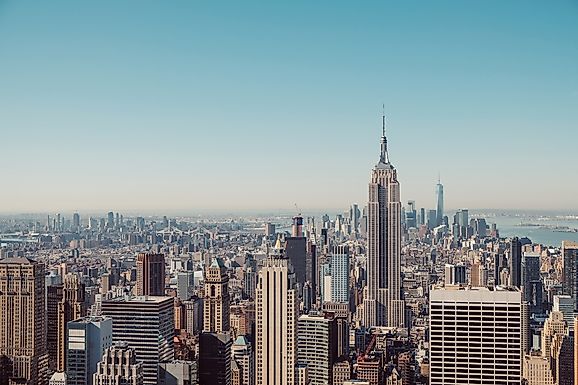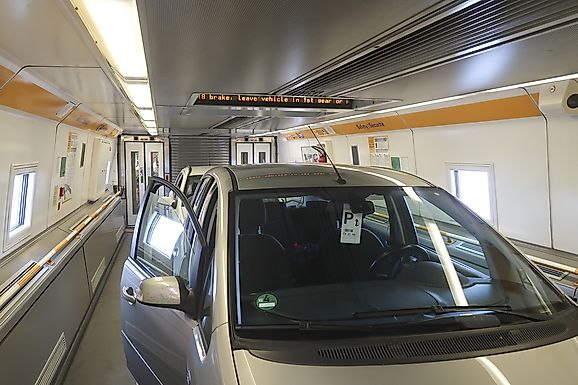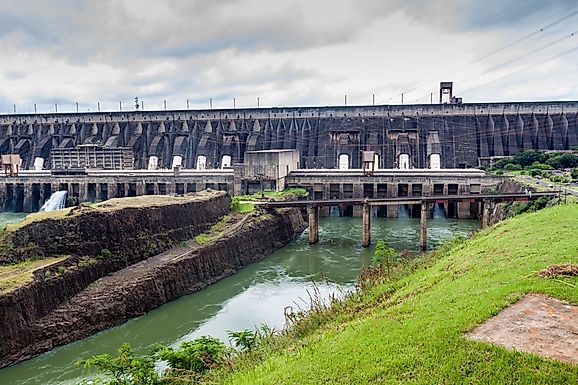Saturday Special: 7 Wonders of the Modern World. Number 2 will surprise you
The seven wonders of the modern world include the CN Tower of Toronto, the Empire State Building of New York City, and the Panama Canal are some of the engineering wonders of the modern era.

In 1994, the American Society of Civil Engineers compiled a list of the Seven Wonders of the Modern World. This was done to pay tribute to the 20th century’s greatest civil engineering achievements.
A comprehensive list of the Seven Wonders of the World is also available.
7. Golden Gate Bridge – California, USA

The Golden Gate Bridge is a suspension bridge spanning the 1.6 km wide, 4.8 km long Golden Gate Strait between the Pacific Ocean and San Francisco Bay. The bridge links the city of San Francisco to the less densely populated Marin County. The Golden Gate Bridge has been called the most photographed bridge in the world.
6. Empire State Building – New York City, USA

The 102-story tall Empire State Building is famous for being one of the first skyscrapers ever built, and is one of the most famous buildings in New York. The building rises to a height of 1,454 feet. For nearly 40 years, the Empire State Building enjoyed the title of being the world’s tallest building. The building serves as a cultural icon of America. The Empire State Building has been featured in several films, television shows, and literature. Nearly 110 million people have visited this New York City attraction. The 86th-floor observation deck of the Empire State Building offers an impressive view of the entire city.
5. CN Tower – Toronto, Canada

The 553.33 m-high CN Tower is found in downtown Toronto, the largest city in both the province of Ontario and the country of Canada itself. The tower’s construction was completed in 1976. It held the title of the world’s tallest free-standing structure for 34 years since its completion. Presently, the CN Tower is the Western Hemisphere’s tallest free-standing structure and the iconic symbol of Toronto’s skyline and Canada. More than two million visitors visit the CN Tower every year.
4. Channel Tunnel – France/UK

The Channel Tunnel is a tunnel that runs beneath the English Channel at the Strait of Dover from Folkestone, Kent, in the United Kingdom to Coquelles, Pas-de-Calais, France. The channel is 50.5 km long with a 37.9 km long undersea portion. The channel is 250 ft deep at its lowest point. Trains are allowed to run through the tunnel at a maximum speed of 160 km/hr. The tunnel provides passage to high-speed Eurostar passenger trains, Eurotunnel Shuttle, and international freight trains.
3. Itaipu Dam – Paraguay/Brazil

The Itaipu Dam is a major hydroelectric project that is located on the Paraná River between Paraguay and Brazil. The project is a binational undertaking that was completed in 1984. The Itaipu Dam has an installed generation capacity of 14 GW. 20 generator units are part of the project of which ten generate at 60 Hz for Brazil, and the other ten generate at 50 Hz for Paraguay.
2. Delta Works/ Zuiderzee Works – the Netherlands

The Delta Works/ Zuiderzee Works is one of the largest hydraulic engineering projects undertaken by the Netherlands in the 20th century. The project involved the construction of a massive system of man-made dams, dikes, water drainage systems, land reclamation works, etc. The Zuiderzee Works involved the damming of a stretch of water in an inlet of the North Sea and reclamation of land in the newly created dam. It aims to control flood and facilitate agriculture.
1. Panama Canal – Panama

The Panama Canal, an artificial 77 km waterway in Panama is one of the Seven Wonders of the Modern World. It serves the vital function of connecting the Pacific Ocean to the Atlantic Ocean across the Isthmus of Panama, facilitating international maritime trade. Regarded as one of the biggest and most difficult engineering projects of the modern times, the Panama Canal has greatly reduced the time for ships to move between the oceans. The ships can now avoid the hazard-filled and time-taking route around Cape Horn, South America’s southernmost tip.




